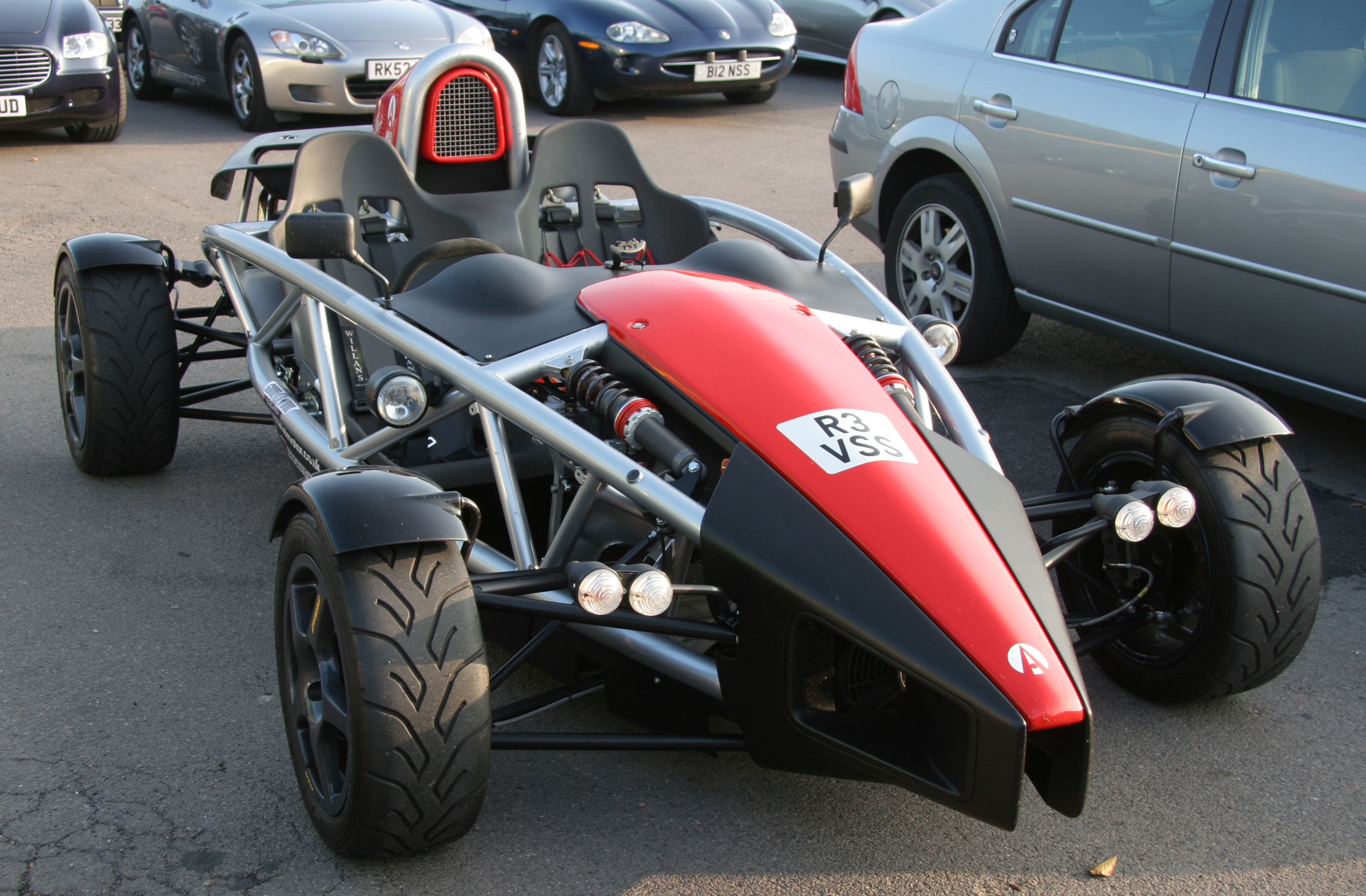In 1930, people would think it was impossible to make cars go at Degner(Suzuka), for instance, with over 245kmh and reach more than 5 Gs there(pictures). The RB6, even with all the current restrictions, did that this year. It's needed to mention that the current wings are pathetically small, the bottom of the car's downforce is hugely limited and the tires aren't as wide as it could be(a wider tire would have more adhesion force due to molecular.... ).


Can people, who say that tires can't resist that much pressure, please tell me how huge trucks expose their tires to MUCH MORE weight than X1's total load and it doesn't blow. There are trucks which carry dozens of tones. So, for sure the tires would handle the big X1's(or any unrestricted car) load on them. THE PROBLEM IS: the tires are a very complicated thing regarding friction coefficient decrease versus load increase.
In the GT site they use a tire model where the tire when exposed to big pressures, only drops to 91% of it's efficiency remaining with a high 1.91 coefficient.
Can a tire maintain or have at least 1.5 of coefficient even when exposed to 10000kgs of load, for instance?
If such tire can be made then considering that, virtually, there is no limit to how much downforce you can generate(just increasing the wing's area would make downforce increase as one's wish), it would be possible to build a car able to corner Tabac in Monaco at 450kmh, reaching about 25Gs.
PS: All this neglectiong drag and necessity to ridicolous powerful engines. And even if the drag didn't allow the car to achieve 450kmh, it would corner Tabac at +350kph, at least.








